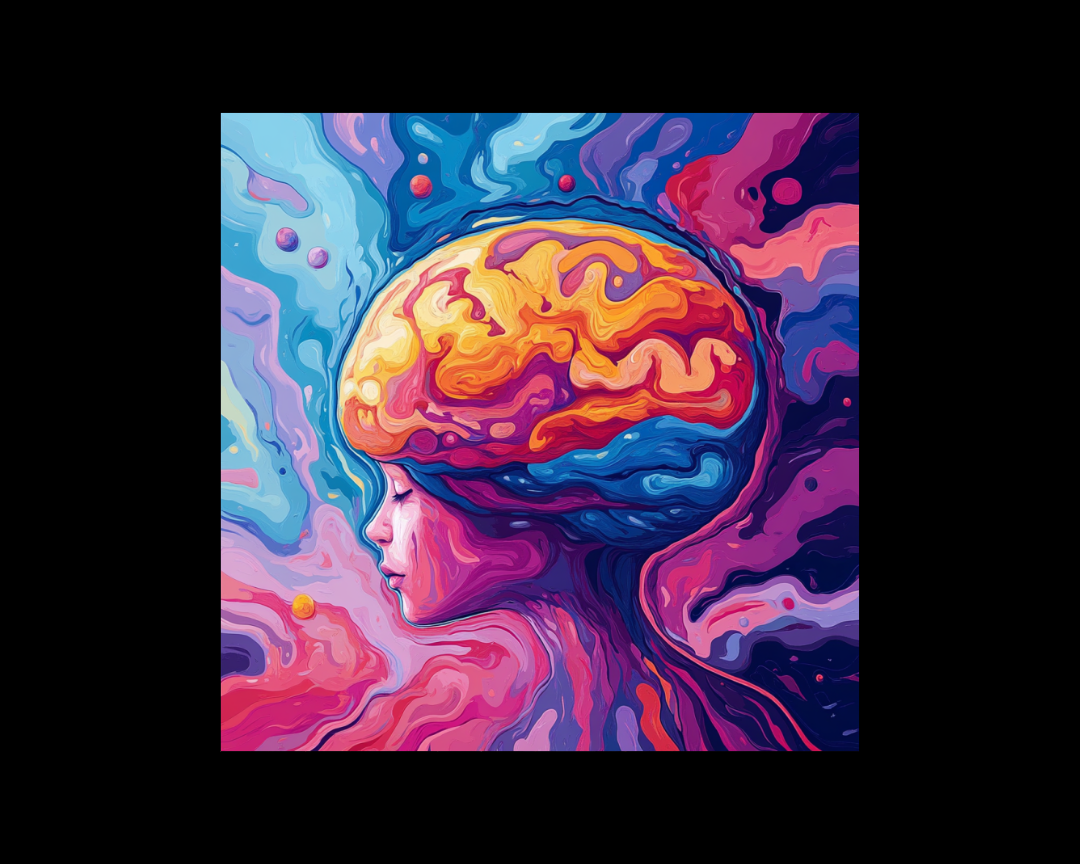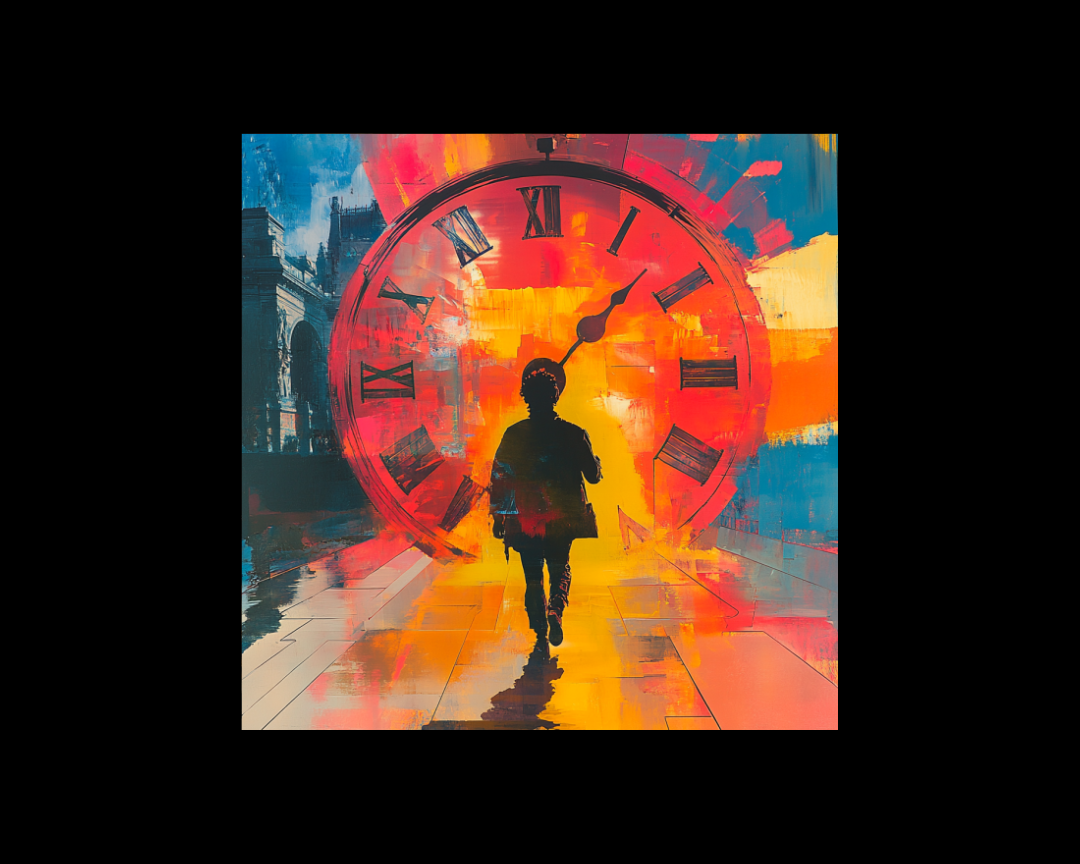Psychogeography in Literature: the Influence of Place on Character
We often think we know a place until we walk it at 3 AM, or during a thunderstorm, or in the company of someone who sees ghosts on every corner. Guy...
.png)
"Fashion is a language that creates itself in clothes to interpret reality," says legendary fashion designer Karl Lagerfeld. And as writers, we can harness that language to reveal crucial insights about our characters.
A character's clothing choices are deeply personal, reflecting their personality, identity, interests, and mental and emotional state. By paying close attention to the nuances of how they present themselves through their wardrobe, we can organically share important information about who they are without heavy-handed exposition.
Let's talk about what clothes mean in character development.
One of the clearest ways clothing can characterize is by hinting at a character's profession. Does your protagonist have a job that requires a uniform? Have them head into the coffee shop wearing their hospital scrubs, stained mechanic's coveralls, or three-piece suit and tie. You can subtly establish their career by referencing their work attire without stating it outright.
This technique is especially effective when the character's job is a core part of their identity. Take Sandra from the TV series Superstore - her bright blue vest and khakis instantly communicate that she's a dedicated employee at the fictional big-box store. Her attachment to the dress code reflects her take-pride-in-your-work ethos, making it a natural extension of her identity.
If your story is set in a different time period or location, your character's fashion choices can provide important contextual clues for readers. Putting them in crinolines and a corset instantly signals a historical setting, while bellbottoms and a halter top communicate a 1970s vibe. Even subtle references to futuristic, paranormal, or otherworldly elements in the wardrobe can point to the where and when of your fictional world.
This technique is particularly helpful when establishing an unfamiliar setting. By sprinkling in a few carefully chosen clothing details, you can quickly give readers a sense of your story's environment's cultural norms and visual aesthetic.
For example, in Kazuo Ishiguro's novel Never Let Me Go, the narrator Kathy describes the girls at her boarding school wearing "guardian-issued gym clothes" - a small detail that instantly conjures images of a regimented, institutional atmosphere. These sartorial cues ground readers in the novel's unsettling dystopian landscape without heavy exposition.
Because clothing choices are so deeply personal, they can reflect a character's dominant personality traits. Looking at the main cast of Stranger Things, you wouldn't describe them as fashion-forward; they're self-defined nerds with a casual, throwback style that reflects their shared social outsider status.
On the flip side, we have the villainous Cruella from the film of the same name. Cruella's flamboyant, rule-breaking wardrobe mirrors her antisocial, power-hungry nature, complete with daring color combinations, dramatic silhouettes, and exotic fur accents. Her clothes consistently fly in the face of what's popular, traditional, and accepted, boldly stating her defiant, narcissistic persona.
A flamboyant character will dress differently than someone simple, traditional, or lazy. Our personality influences how we present ourselves to the world, so as writers, we can use clothing to establish a character's dominant qualities quickly. Do they favor bright, attention-grabbing hues or muted, understated tones? Do they carefully coordinate their outfits or just throw on whatever's clean? These sartorial choices can reveal volumes.
Sometimes, a character's clothing can quickly establish key aspects of their identity and background. Traditional cultural garb, like a sari, kimono, or yarmulke, can point to their heritage and the values or beliefs that come with it. The same is true if their dress associates them with a certain social or political group, such as the LGBTQ+ community.
This signaling can be a powerful tool, allowing you to convey important identity markers without having to do a lot of explicit explanation. In Chimamanda Ngozi Adichie's novel Americanah, the protagonist Ifemelu wears her hair naturally, a choice that connects her to her Nigerian roots and her rejection of white beauty standards. This visual shorthand tells readers volumes about Ifemelu's sense of self and her experience as an African immigrant in the United States.
Just as clothing can reflect identity, it can also reveal a character's individual passions and obsessions. Put them in fan merchandise from a favorite band, a t-shirt sporting a social justice slogan, or K-pop inspired streetwear, and you instantly communicate their interests and values. One of the things that makes us each unique is our interests, so showing those off through a character's wardrobe is a great way to establish their individuality quickly.
This technique works especially well when the character's interests or hobbies are a core part of their identity. In the TV series Heartstopper, the protagonist Charlie's love of punk rock manifested in his edgy, studded fashion choices. Conversely, his love interest Nick is more preppy and sporty, with his athletic wear and khakis reflecting his jock persona. These contrasting styles immediately clue readers into the characters' differing social identities and values.
You can't learn much from someone who looks just like everyone else. But if a character takes pains to individualize their appearance, it speaks volumes about their desire to stand out and assert their unique identity. Wearing colorful knee socks with a school uniform, only wearing certain colors, or making their own uniquely styled clothes all show that a character is swimming against the current of social conformity.
This technique lets you quickly establish a character as an outsider or rebel without spelling it out. More information may be needed for readers to understand the reasons behind their nonconformity fully, but the clothing choices alone can serve as an intriguing entry point. In Leigh Bardugo's Shadow and Bone series, the Grisha characters wear elaborately detailed kefta robes that instantly mark them as members of a powerful magical elite, setting them apart from the average citizens of the fictional kingdom of Ravka.
As we all know, clothes come with a wide range of price tags. Some are cheap, while others are wildly expensive. A character who dresses in designer labels wears only natural fibers, or shops at trendy boutiques is likely to have a bigger bank account than someone wearing hand-me-downs or generic clothes from a big-box store.
This financial status can reveal a lot about a character—their priorities, values, and even their sense of self-worth. Do they use their wealth as a status symbol or try to downplay it? Are they conscious of their privilege or take it for granted? Clothing can provide clues to these underlying attitudes and motivations.
Of course, expensive clothes could also be smokescreens meant to convey an image of wealth that doesn't reflect reality. We see this in Suzanne Collins' The Ballad of Songbirds and Snakes, where the protagonist, Coriolanus Snow, meticulously selects his outfit for an important event. Despite his family's secret financial troubles, Snow wears tailored pants he's obtained through the black market and dresses up a tired shirt with dyes and extra fabric. His carefully curated appearance is a ruse to project an elite Capitol persona that hides the truth of his diminished circumstances.
While fashion choices can reveal important truths about a character, they can also be deliberately used to hide those truths. A character might employ certain wardrobe strategies to conceal:
This technique allows you to create intriguing mysteries and complexities around your characters. What is the protagonist trying to obscure, and why? What deeper truths might their carefully curated appearance be masking? Exploring these layers can make for rich, multidimensional characterization.
Sometimes, a person's fashion choices can also hint at shifts in their mental or emotional state - namely, when their clothes no longer match their established personality. If a usually fastidious, fashion-conscious character starts living in threadbare leggings and stained shirts, that's a clear sign that something is off. Likewise, when an emo character suddenly starts wearing bright colors and cheery slogans, readers will sit up and take notice because it clashes with our understanding of who they are.
These unexpected wardrobe changes can be powerful narrative tools, allowing you to subtly signal a character's inner turmoil or a pivotal moment of personal transformation. It creates a dissonance that draws the reader's attention and leaves them curious to uncover the reason behind the shift.
It's clear that a character's clothing choices can be a treasure trove of revealing information. But it's important to remember that the clothes don't always require a complete interpretation. Rumpled sweats and mismatched socks may indicate emotional distress, but it could also mean the character is a slob. Or their washing machine is broken.
To ensure clarity, it's crucial to pair clothing choices with other elements of characterization, like dialogue, thoughts, body language, and environmental factors. Establish early on what's "normal" for the character - their personality, preferences, interests, and sense of identity. Then, when their appearance deviates from that baseline, readers will recognize that something significant is happening.
By deeply understanding our characters and using their wardrobes as tools for natural, show-don't-tell characterization, we can create rich, multifaceted protagonists that feel utterly real and relatable to readers. So the next time you're stuck on how to reveal an important truth about your character, consider what their clothes might say.

We often think we know a place until we walk it at 3 AM, or during a thunderstorm, or in the company of someone who sees ghosts on every corner. Guy...
.png)
In storytelling, the contrast between a character's understanding and that of others, including the audience, is a potent narrative device. This...

In the vast landscape of literary techniques, monologue fiction stands out as a unique and powerful form of storytelling. This article explores the...